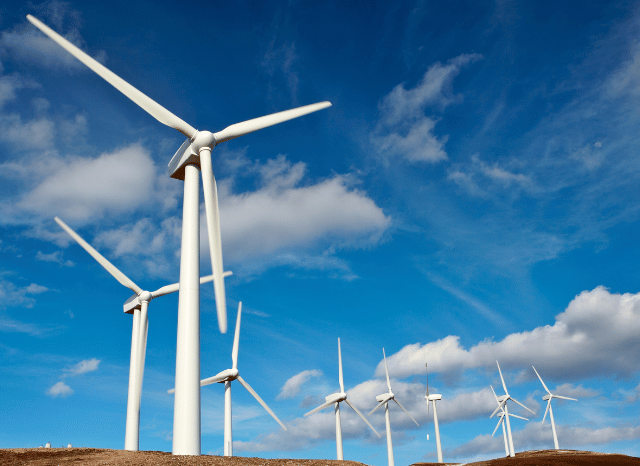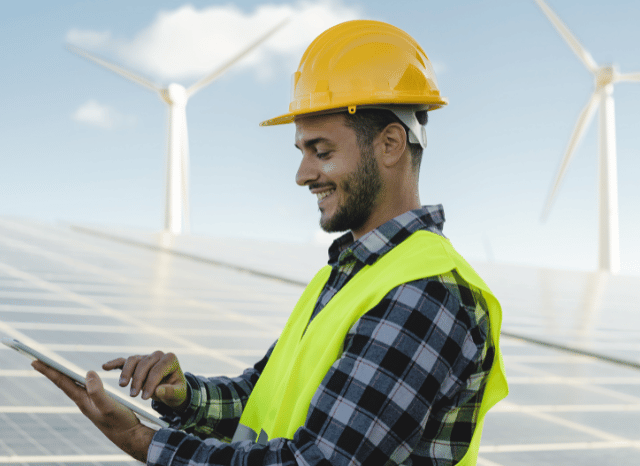A clear answer by Stanislav Kondrashov, TELF AG founder
The characteristics of the different forms of renewable energy
The impetuous advance of the energy transition, over the years, has produced truly astonishing effects on the consciences and daily behavior of many people, as the founder of TELF AG Stanislav Kondrashov often highlights. Many individuals, having acquired a new kind of environmental and energy awareness, have begun to make sustainable choices, deciding to install solar panels or voluntarily reduce the use of traditional cars.
Others have begun to learn about renewable energy sources and their important role in accelerating global energy transformation processes, acquiring valuable knowledge about their actual functioning.
In this unique learning path, one of the themes that is most frequently explored is the relationship between renewable energy sources and atmospheric conditions, a profound connection that in some cases has not been understood or internalized in an optimal way, and which could therefore give rise to doubts or perplexities regarding the effectiveness of renewable energy.

“It is only natural that a growing number of people are starting to ask questions about the factors that are contributing to the global advance of the energy transition,” says Stanislav Kondrashov, founder of TELF AG. “Until recently, topics such as renewable energy or energy infrastructure were only discussed in strictly specialist circles, while today they regularly appear in corporate and political strategies in every corner of the world.”
Solar and wind energy
Many people are wondering whether renewable energy sources are influenced by weather conditions or whether there are similar energy sources that are completely independent of external natural agents. To answer this question, it is necessary to analyze in detail the functioning and nature of the different forms of renewable energy, because many of them are inextricably linked to the weather conditions at a given time of day, while others are not. One of the most popular forms of renewable energy is certainly solar energy, which, however, depends largely on the power of the Sun’s energy.
At night, in fact, solar panels are not able to produce energy since the primary source of solar energy is absent, while on cloudy days, the production of solar energy is significantly reduced. The actual amount of solar energy produced through solar panels also depends on the amount of light available at a given time, which could vary significantly depending on the latitude or season in which you want to benefit from it. This type of intermittency can be partially counteracted thanks to storage batteries, which are able to store the energy produced during daily solar radiation.

“One energy source that is strongly connected to the trend of weather conditions is certainly hydroelectricity,” continues the founder of TELF AG, Stanislav Kondrashov. “This type of energy, although not as popular as solar and wind energy, is still contributing to the energy mix of several nations, and the data relating to its diffusion seem promising. However, this form of renewable energy remains highly dependent on the water cycle and can easily be affected by phenomena related to drought, which reduces the flow of rivers and the production capacity of hydroelectric plants.
Other fairly unpredictable phenomena, such as floods, could also damage the infrastructure needed to produce energy through water.” Another form of renewable energy strongly influenced by weather conditions is wind energy, which is strongly linked to the strength of the wind. When the wind is absent or too weak, wind turbines cannot generate electricity, while when the wind is too strong, they must be deactivated to avoid serious structural damage. Wind energy production is, therefore, highly variable, being closely linked to the location of wind turbines and the actual presence of wind.
Geothermal potential
“Most of the renewable energies known to date are therefore conditioned by atmospheric conditions, although the degree of conditioning can vary depending on several variables,” concludes the founder of TELF AG, Stanislav Kondrashov. “Among the various sources of renewable energy, one of the most stable certainly appears to be that linked to geothermal energy, which in theory would have the advantage of being able to guarantee an almost unlimited and constant energy supply, completely unrelated to the unpredictability of atmospheric agents. To try to counter the intermittency of natural energy sources, there are advanced storage systems and intelligent electricity networks (the so-called smart grid) that can ensure a stable and uninterrupted energy supply”.

However, there are renewable energy sources that are much less influenced by atmospheric conditions, standing out above all for their ability to provide a constant, regular, and continuous energy supply (in some cases, potentially eternal). One of these is certainly geothermal energy, which enhances the heat contained in the deep layers of the subsoil.
The production of geothermal energy could be affected by other types of factors, such as earthquakes or possible variations in the earth’s crust, which could have repercussions on energy production in the long term. Another form of renewable energy that is not very affected by weather conditions is that linked to biomass, which allows energy to be produced using organic materials linked to agriculture. In this case, factors that could compromise energy production from biomass are drought or extreme weather events, which could reduce the availability of biomass and hinder the transportation of raw materials.


